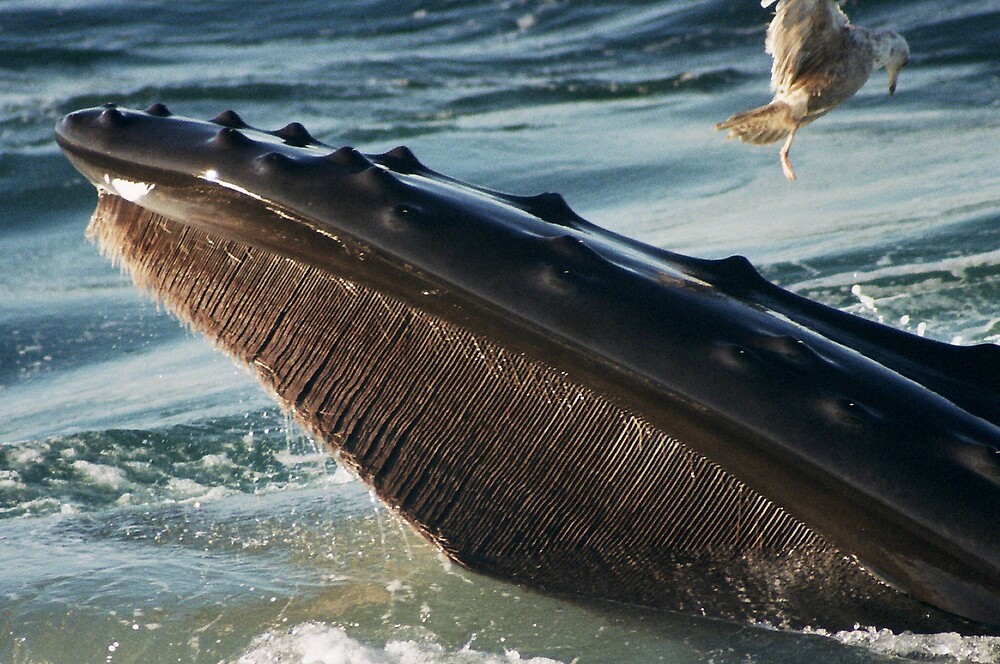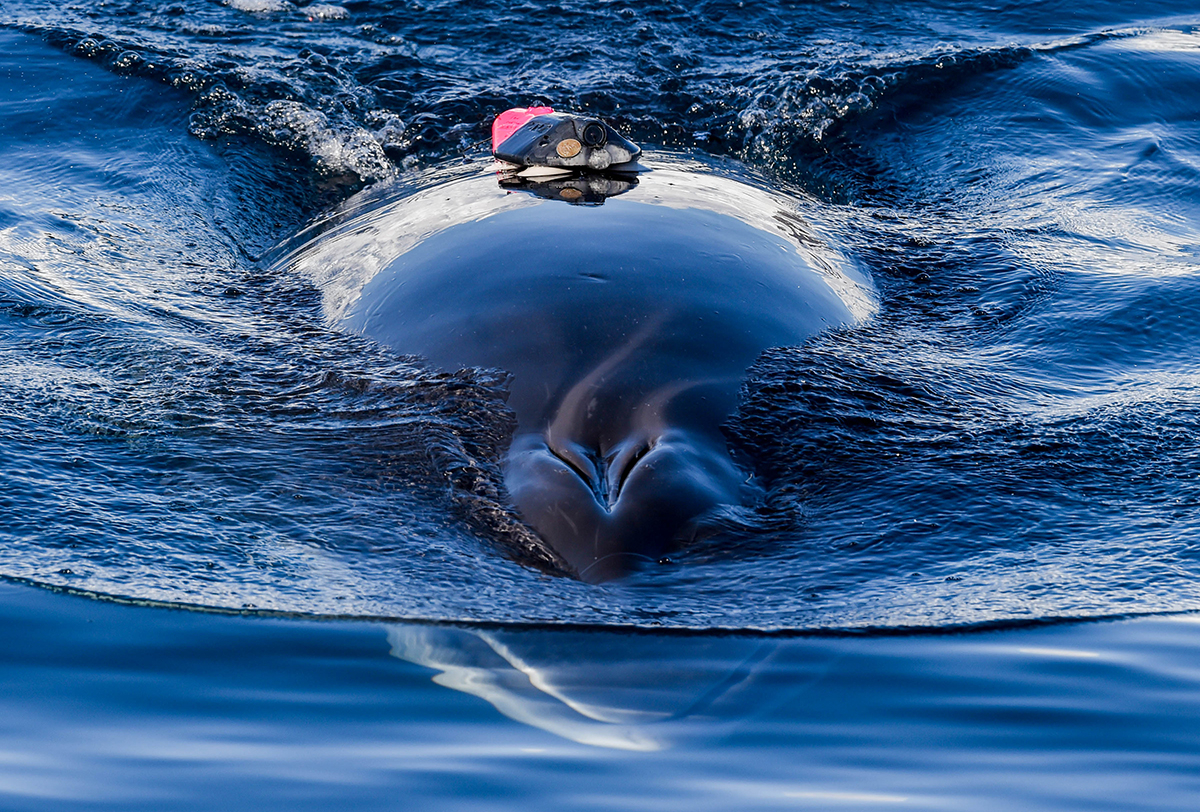

In the Arctic, the climate is changing faster than anywhere else in the world. Globally, many species shift poleward to their preferred sea-surface temperature ( van Weelden et al., 2021). Climate change has further forced cetaceans to adapt their migration routes (or their timing). Additionally, alteration of water and nutrient cycles by plastic and chemical pollution affects the entire food web ( Thomas et al., 2016). Simultaneously, these animals and their vast ocean habitat are subject to an increasing number of stressors driven directly or indirectly by anthropogenic activities, e.g., entanglement in fishing gear, ship strikes and noise pollution associated with the global increase in ship traffic. While slowly recovering from industrial whaling, many baleen whale species are still threatened or critically endangered IUCN, 2021 (Version 2021-2). This first example’s success in the Arctic suggests DAS’s potential for real-time and low-cost monitoring of whales worldwide with unprecedented coverage and spatial resolution. By repurposing the globally-available infrastructure of sub-sea telecommunication fiber optic (FO) cables, DAS can (1) record vocalizing baleen whales along a 120 km FO cable with a sensing point every 4 m, from a protected fjord area out to the open ocean (2) estimate the 3D position of a vocalizing whale for animal density estimation and (3) exploit whale non-stereotyped vocalizations to provide fully-passive conventional seismic records for subsurface exploration. Here we present the first case of wildlife monitoring using distributed acoustic sensing (DAS). However, traditional monitoring methods provide spatially and temporally undersampled data to evaluate and mitigate the impacts of increasing climatic and anthropogenic pressures for conservation. In a post-industrial whaling world, flagship and charismatic baleen whale species are indicators of the health of our oceans.




 0 kommentar(er)
0 kommentar(er)
